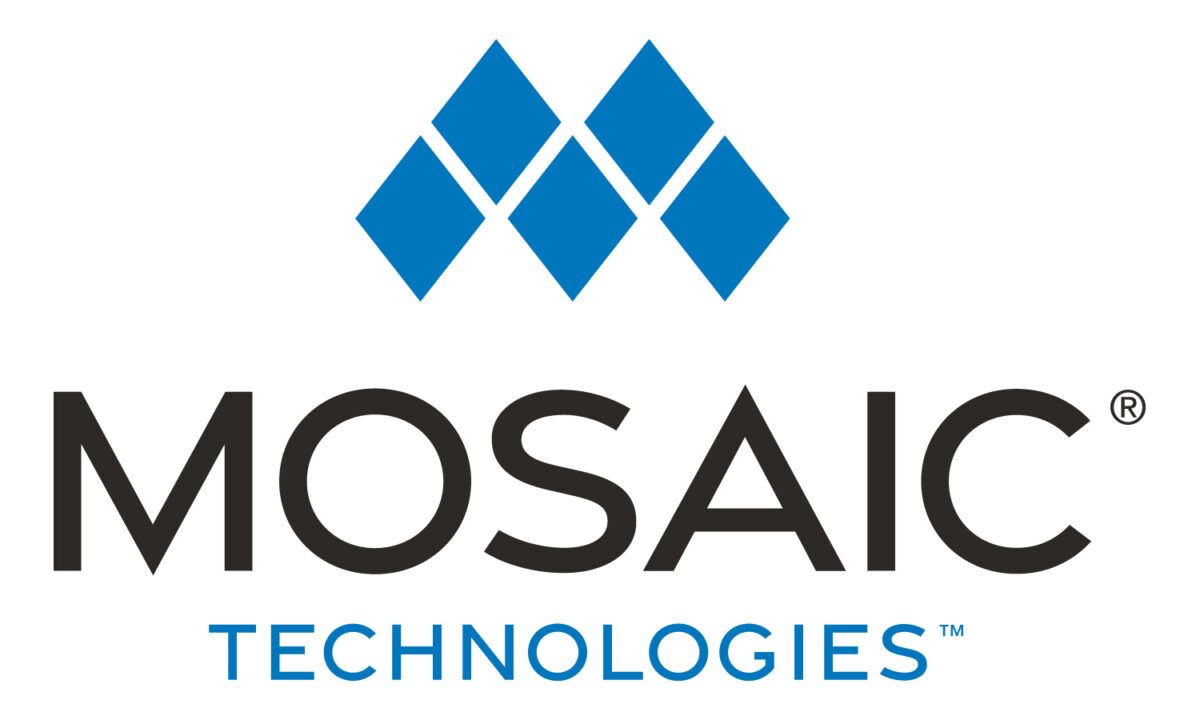

AT&T uses "AT&T 3G MicroCell" as a trademark and not necessarily the "microcell" technology, however. Theoretically the range of a standard base station may be up to 35 kilometres (22 mi), and in practice could be 5–10 km (3–6 mi), a microcell is less than two kilometers (1 mile) wide, a picocell is 200 meters (yards) or less, and a femtocell is in the order of 10 meters (yards), although AT&T calls its product, with a range of 40 feet (12 m), a "microcell".

A Home eNodeB (HeNB) is an LTE 4G femtocell. In 3GPP terminology, a Home NodeB (HNB) is a 3G femtocell. Operators who have launched a femtocell service include SFR, AT&T, C Spire, Sprint Nextel, Verizon, Zain, Mobile TeleSystems, T-Mobile US, Orange, Vodafone, EE, O2, Three, and others. Many operators worldwide offer a femtocell service, mainly targeted at businesses but also offered to individual customers (often for a one-off fee) when they complain to the operator regarding a poor or non-existent signal at their location. The distinction is that most FMC architectures require a new dual-mode handset which works with existing unlicensed spectrum home/enterprise wireless access points, while a femtocell-based deployment will work with existing handsets but requires the installation of a new access point that uses licensed spectrum. Some carriers may also offer more attractive tariffs, for example discounted calls from home.įemtocells are an alternative way to deliver the benefits of fixed–mobile convergence (FMC). They may also get better voice quality (via HD voice) depending on a number of factors such as operator/network support, customer contract/price plan, phone and operating system support. As a result of being relatively close to the femtocell, the mobile phone (user equipment) expends significantly less power for communication with it, thus increasing battery life. The lowering of contention to the main cells plays a part in breathing, where connections are offloaded based on physical distance to cell towers.Ĭonsumers and small businesses benefit from greatly improved coverage and signal strength since they have a de facto base station inside their premises. Furthermore, femtocells lower contention on the main network cells, by forming a connection from the end user, through an internet connection, to the operator's private network infrastructure elsewhere. Truthfully, do you want to know how fast your connection is within your providers network or do you want to know how fast it is to the locations where the websites you visit are being hosted? is not a best case scenario connection test and will test your Internet under real world conditions.The use of femtocells allows network coverage in places where the signal to the main network cells might be too weak. This can make your connection appear faster than it really is. Other speed tests, especially tests offered by your Internet provider try to eliminate routing factors.
MOSAIC TELECOM DOWNLOAD
Test My Download Speed Test My Upload Speed but is it really? Mosaic Telecom Speed Test

They want you to think your connection is running perfectly. This test is unbiased, it tests and grades all providers on the same criteria. When providers host their own speed tests they eliminate the variables that you're here to test. A third party opinion is necessary and the provider shouldn't be allowed anywhere near the process. We believe that it's a conflict of interest when Internet service providers operate their own speed tests.


 0 kommentar(er)
0 kommentar(er)
